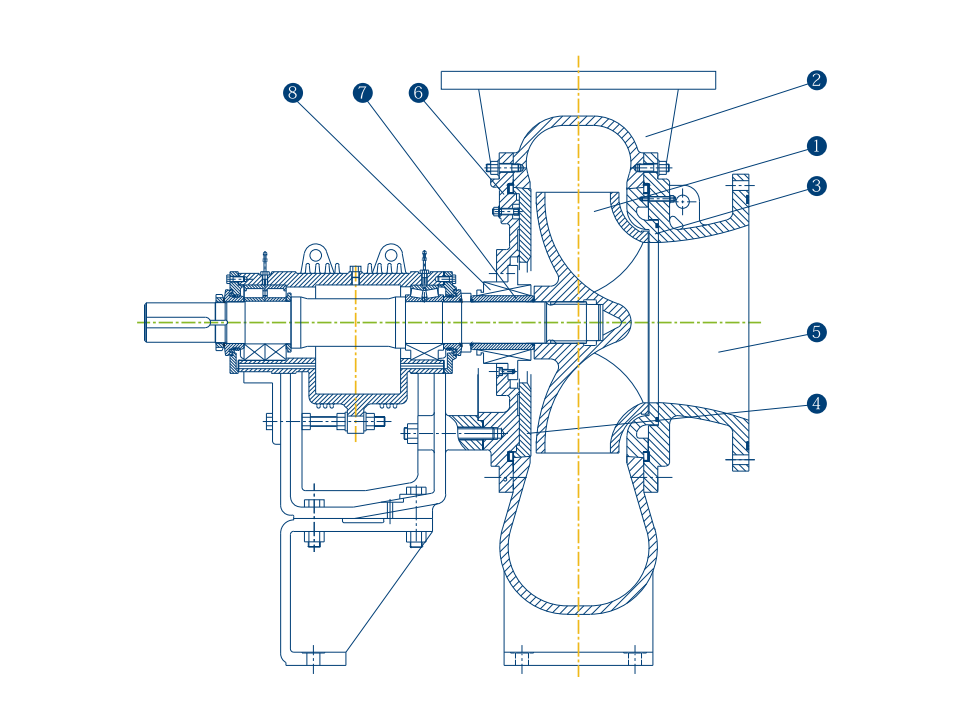Urdu
- Afrikaans
- Albanian
- Amharic
- Arabic
- Armenian
- Azerbaijani
- Basque
- Belarusian
- Bengali
- Bosnian
- Bulgarian
- Catalan
- Cebuano
- Corsican
- Croatian
- Czech
- Danish
- Dutch
- English
- Esperanto
- Estonian
- Finnish
- French
- Frisian
- Galician
- Georgian
- German
- Greek
- Gujarati
- Haitian Creole
- hausa
- hawaiian
- Hebrew
- Hindi
- Miao
- Hungarian
- Icelandic
- igbo
- Indonesian
- irish
- Italian
- Japanese
- Javanese
- Kannada
- kazakh
- Khmer
- Rwandese
- Korean
- Kurdish
- Kyrgyz
- Lao
- Latin
- Latvian
- Lithuanian
- Luxembourgish
- Macedonian
- Malgashi
- Malay
- Malayalam
- Maltese
- Maori
- Marathi
- Mongolian
- Myanmar
- Nepali
- Norwegian
- Norwegian
- Occitan
- Pashto
- Persian
- Polish
- Portuguese
- Punjabi
- Romanian
- Russian
- Samoan
- Scottish Gaelic
- Serbian
- Sesotho
- Shona
- Sindhi
- Sinhala
- Slovak
- Slovenian
- Somali
- Spanish
- Sundanese
- Swahili
- Swedish
- Tagalog
- Tajik
- Tamil
- Tatar
- Telugu
- Thai
- Turkish
- Turkmen
- Ukrainian
- Urdu
- Uighur
- Uzbek
- Vietnamese
- Welsh
- Bantu
- Yiddish
- Yoruba
- Zulu
Telephone: +86 13120555503
Email: frank@cypump.com
نومبر . 10, 2024 00:48 Back to list
Chemical Feed Pumps for Optimal Performance in Water Treatment Systems
Chemical Feed Pumps for Water Treatment Systems Ensuring Efficiency and Safety
Water treatment systems play a critical role in maintaining public health and environmental safety. One of the key components in these systems is the chemical feed pump. These pumps are vital for dosing precise amounts of chemicals required for various treatment processes, ensuring that water is adequately treated for safe consumption and use. This article explores the importance of chemical feed pumps in water treatment systems, their types, and how they ensure efficiency and safety in the treatment process.
The Role of Chemical Feed Pumps
Chemical feed pumps are designed to inject specific chemicals into the water treatment process. These chemicals can include disinfectants such as chlorine, coagulants for removing particulates, and pH adjusters. The accurate dosing of these chemicals is critical; under-dosing can lead to inadequate treatment, while over-dosing can pose health risks and result in regulatory compliance issues.
In addition to accuracy, the reliability and responsiveness of these pumps are crucial. Water treatment facilities often face fluctuations in water quality and flow rates, driven by varying environmental conditions. Chemical feed pumps must adapt to these changes by adjusting the dosing quantities accordingly, ensuring that the treatment process remains effective and consistent.
Types of Chemical Feed Pumps
There are several types of chemical feed pumps used in water treatment systems, each suited for specific applications
.1. Diaphragm Pumps These pumps use a flexible diaphragm to create a vacuum and draw liquid into a chamber. When the diaphragm moves back, it forces the liquid out. They are known for their ability to handle corrosive chemicals with high accuracy.
chemical feed pumps for water treatment systems ensuring ...

2. Peristaltic Pumps These pumps work by compressing a flexible tube, pushing the fluid forward. They are particularly useful for slurries and viscous fluids and minimize the risk of contamination since the fluid only contacts the tube.
3. Gear Pumps These pumps use rotating gears to move fluid, providing a consistent flow rate. They are often used for high-viscosity liquids and can handle a wide range of chemical types.
4. Metering Pumps These precision pumps are designed to deliver consistent flow rates, making them ideal for chemical dosing applications. They can be manually or automatically controlled based on real-time water quality measurements.
Ensuring Safety and Compliance
Safety is paramount in water treatment systems. Chemical feed pumps must be designed and maintained to prevent leaks and chemical spills, which could harm workers and the environment. Moreover, they must comply with regulatory standards set by local and national authorities. Regular maintenance and monitoring of these pumps are essential to minimize risks and ensure long-term reliability.
Modern advancements in technology have led to the development of smart pumps equipped with sensors and control systems that provide real-time data on flow rates and chemical usage. These innovations enhance operational efficiency and facilitate compliance with environmental regulations, providing detailed reporting capabilities for water treatment facilities.
Conclusion
In summary, chemical feed pumps are essential components of water treatment systems, ensuring the precise and safe dosing of chemicals required for effective water purification. Their reliability, adaptability, and compliance with safety regulations are crucial in maintaining water quality for public consumption and environmental protection. As technology continues to advance, we can expect further improvements in pump efficiency and safety, helping water treatment systems meet the growing demands of clean water supply.
-
High-Performance Air Pumps for Sand & Gravel | Efficient Transport
NewsAug.03,2025
-
ISG Series Vertical Pipeline Pump - Chi Yuan Pumps Co., LTD.|Energy Efficiency, Corrosion Resistance
NewsAug.03,2025
-
ISG Series Pipeline Pump - Chi Yuan Pumps | Energy Efficiency&Compact Design
NewsAug.03,2025
-
ISG Series Vertical Pipeline Pump - Chi Yuan Pumps Co., LTD.|High Efficiency, Low Noise, Durable
NewsAug.02,2025
-
ISG Series Vertical Pipeline Pump - Chi Yuan Pumps | High Efficiency, Low Noise
NewsAug.02,2025
-
ISG Series Vertical Pipeline Pump- Chi Yuan Pumps Co., LTD.|High Efficiency&Compact Design
NewsAug.02,2025










